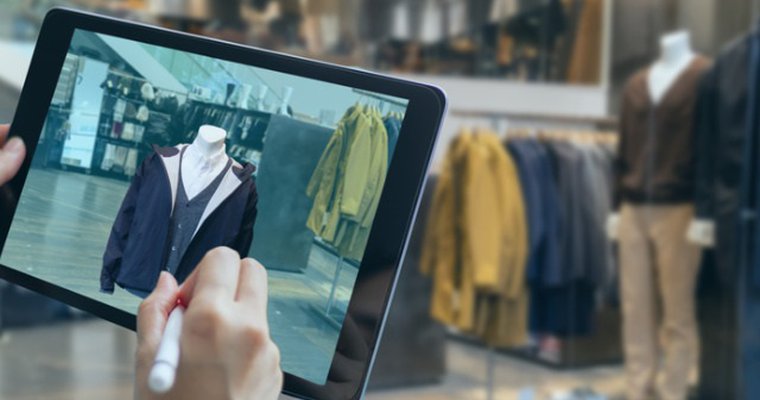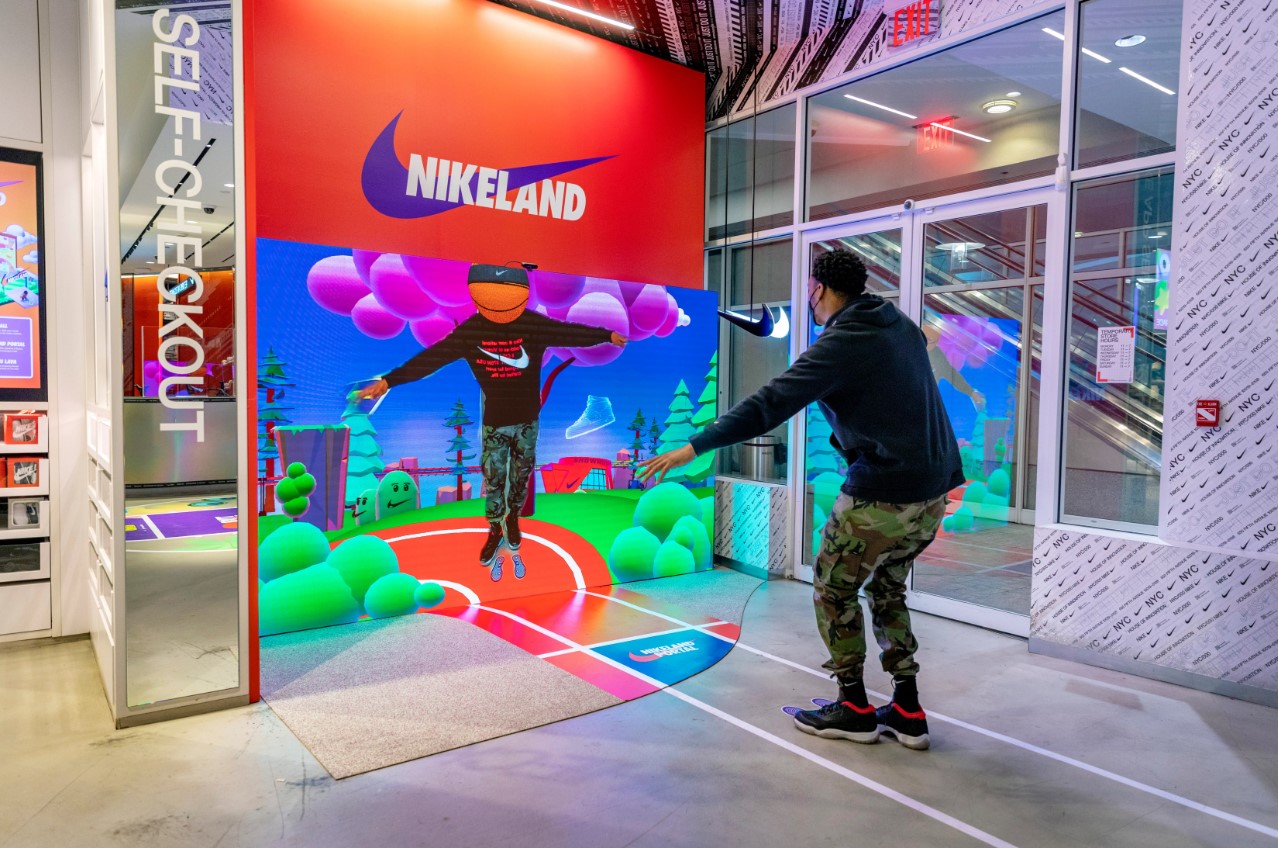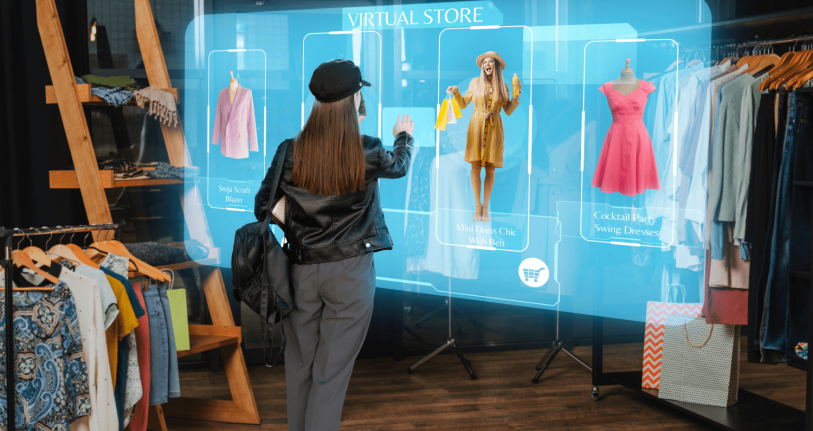Augmented reality technology is expensive, and integrating it into an online store requires a substantial investment. While multinational e-commerce companies might have the resources to explore this option, medium-scale and startup companies may struggle to do the same.
By Michael Akuchie
For many years, online shopping meant visiting a website to browse its catalogue and decide on an item to buy. The item could range from a designer handbag to a new pair of running shoes. Unlike physical shopping, where one can see and interact with items in-store to determine if they are worth buying, online shoppers must rely on product images, descriptions, and reviews from other buyers.
Sometimes, the item ordered online turns out to be as great as advertised, while at other times, it is a knock-off. Despite the risks, e-commerce has grown worldwide, including in Africa.
With a long list of e-commerce companies operating in Africa—including Jumia, Jiji, Takealot, and Zando—it is unsurprising that the continent has around 388 million online shoppers, with electronics being the most popular segment.
As e-commerce continues to grow across the continent, driven by a young, digital-first population and rising smartphone usage, it is worth exploring how businesses can enhance the customer experience. One way to achieve this is by transforming how customers interact with products sold online.
For instance, buying a handbag without knowing whether it will be the right fit is a common risk that online shoppers take daily. But what if they could interact with the handbag as if it were already with them, allowing them to determine if it is a perfect fit? That innovation is no longer science fiction.
Augmented reality (AR) has emerged as a valuable tool for online shoppers, enabling them to visualise a product before proceeding to the checkout page. This article will explore how this technology can transform online shopping for Africans.

Not to be confused with Virtual Reality (VR), which creates a simulated environment that people can interact with, TechTarget defines Augmented Reality (AR) as the “integration of digital information with the user’s environment in real time.” The key difference between the two technologies is that while Virtual Reality offers a fully immersive experience, Augmented reality allows users to interact with a computer-generated image overlaid on a flat surface.
Although Africa’s e-commerce industry is rapidly growing, improving the customer experience is an ongoing challenge. People’s interests evolve over time, so e-commerce companies must continuously devise innovative ways to keep them engaged and encourage online shopping over a trip to the superstore just a few kilometres away.
Augmented reality is a unique way to strengthen customers’ interest in e-commerce. Imagine being able to scan an AR code embedded in the product description of a dress on an online store. Once scanned, users can overlay a computer-generated image of the dress on any nearby surface.
Being able to see what the dress will look like before ordering is a game-changer. Users can determine whether it is not colourful enough or perhaps not the desired length. Just like an architect’s 3D rendition of a two-storey building, customers can get an up-close view of their item.
Some AR tools even go beyond simply displaying a CGI version of an item, offering users the ability to try it on virtually. One of the key advantages of buying shoes at a boutique or a pop-up sale is the ability to try them on to ensure they are a perfect fit. With AR, e-commerce companies are now offering this same experience—albeit virtually.
For instance, leading sports footwear and clothing company Nike has an Augmented reality tool called Virtual View, which allows prospective buyers to preview how a pair of shoes or a particular piece of apparel would look on a virtual model that matches their size. This not only enables users to interact with products on a more personal level but also eliminates the risk of purchasing undersized or oversized outfits or footwear.

African e-commerce companies such as Jumia and Takealot can adopt a similar approach by allowing users to try on certain products. Since both online retailers sell fashion items, an AR-driven item preview tool would help ease customers’ concerns about product fit, as they would be able to try it on virtually before placing an order.
It is worth mentioning that this technology is not limited to fashion products. African online smartphone retailers, such as Nigeria’s Slot and Kenya’s FoneXpress, could also introduce a preview feature that allows customers to interact with an AR-generated image. With smart product features, users could get a closer look at the specifications and design of a particular smartphone or tablet before making a purchase.
The augmented reality industry has great prospects, with Mordor Intelligence projecting that the market size will reach $60.47 billion by the end of 2025 and $353.60 billion by 2030. Given this positive outlook, making a long-term commitment to the technology seems like a smart move for African e-commerce companies.
However, the adoption of augmented reality technology in Africa may not be as straightforward as it appears on paper. The most significant challenge is cost. Augmented reality technology is expensive, and integrating it into an online store requires a substantial investment. While multinational e-commerce companies might have the resources to explore this option, medium-scale and startup companies may struggle to do the same.
Another challenge to the adoption of augmented reality in Africa’s e-commerce sector is the lack of high-speed internet connectivity. Shoppers need a stable internet connection to efficiently load and interact with computer-generated images. Additionally, many e-commerce websites that currently use this technology have hardware requirements for smartphones and tablets.

Essentially, many budget devices may not support the virtual try-on feature or other augmented reality functionalities. Since budget devices are widely used in Africa, local e-commerce companies may struggle to attract enough customers to explore virtual try-ons, thereby reducing the likelihood of widespread adoption.
There could also be resistance to augmented reality-based shopping in Africa due to a lack of awareness. Offering coupon codes alongside a well-structured advertising campaign could encourage sceptical shoppers to reconsider their stance.
As the challenges of adopting augmented reality in Africa’s e-commerce market have shown, online retailers need strong support from both governments and foreign investors. African governments can introduce policies encouraging investment in e-commerce, helping transform the online shopping experience.
Telecom companies can also play a crucial role by improving service delivery, ensuring that virtual try-on pages load faster for users. Unlocking the benefits of augmented reality in Africa will be a significant challenge, but with the right level of support, local online retailers can pioneer a continent-wide trend of using 3D product models to help consumers make more informed purchases.
Michael Akuchie is a tech journalist with four years of experience covering cybersecurity, AI, automotive trends, and startups. He reads human-angle stories in his spare time. He’s on X (fka Twitter) as @Michael_Akuchie & michael_akuchie on Instagram.




